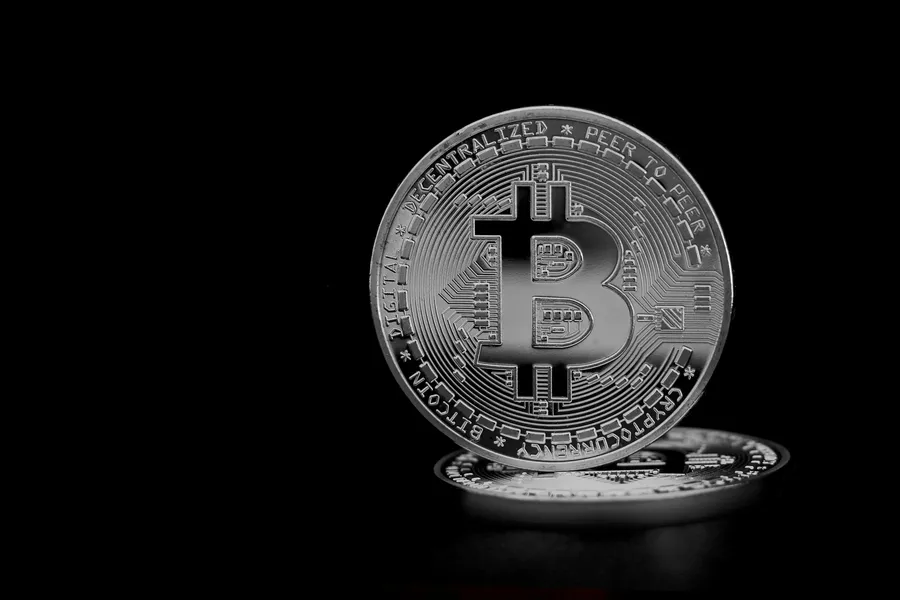How Does SushiSwap (SUSHI) Cryptocurrency Token Work? — SushiSwap, Decentralized Exchange, DeFi

Title: Unraveling SushiSwap: The Good, Bad and Ugly Truths of a DeFi Gem
Subtitle: A Seasoned Crypto Security Expert’s Perspective on SushiSwap – What You Should Know Before Diving In
Introduction: Welcome, fellow adventurers in the cryptoverse! Today we’re diving into one of the most intriguing and, at times, infuriating creatures roaming this digital wilderness – SushiSwap. I know you might have heard about it being a decentralized exchange (DEX) and an integral part of DeFi’s ecosystem, but let me tell you, there’s far more to unpack than that. So buckle up as we dive deep into how SushiSwap works, its strengths, weaknesses, and lessons learned from past fiascoes.
H2: The Basics – What Is SushiSwap?
SushiSwap is essentially a fork of another DEX called Uniswap. Just like many cryptos born out of existing ones, this isn’t necessarily a bad thing; it can even bring new features or improvements. However, it also means inheriting potential bugs and vulnerabilities if not handled properly.
Think of SushiSwap as an online market where you can trade Ethereum-based tokens without needing intermediaries like brokers or banks. Users deposit their tokens into liquidity pools, which are then used to facilitate trades between users. Sounds simple enough, right? Well, hold your horses!
H2: The Good – SushiSwap’s Unique Sells
One thing that sets Sushi apart is its governance token, SUSHI. Holders of these tokens can vote on proposals related to the platform’s future development, making it truly decentralized and democratic. Plus, they earn a portion of the transaction fees!
SushiSwap has also introduced features like ‘on-ramp’ integrations for fiat currency deposits via credit cards and other payment methods, making it more accessible to newbies in crypto. Moreover, its flexible farming model allows users to provide liquidity and earn multiple tokens as rewards.
H2: The Bad – Bugs, Hacks & Leaks
But remember, with great power comes great responsibility (thanks, Uncle Ben). SushiSwap isn’t without its flaws. In October 2020, a bug in their ‘chef’ smart contract let hackers steal over $14 million worth of tokens.
And then there was the infamous “vampire attack” when rival DEXs drained liquidity from SushiSwap’s pools to offer better rewards to users. This highlighted one significant issue with DEXs – they lack the centralized control that could mitigate such attacks in centralized exchanges (CEX).
H2: The Ugly Truth – Lessons Learned
So what have we learned from SushiSwap’s journey so far? Well, firstly, no platform is infallible. Regular audits and updates are essential to ensure the security of user funds and data.
Secondly, governance tokens can be powerful tools for decentralization but they also present opportunities for exploitation if not managed correctly. Look at what happened with the SUSHI token distribution – it led to instant wealth creation which attracted speculators, causing extreme volatility in the market.
Lastly, remember that DEXs like SushiSwap are still relatively new and untested in many ways. They may provide more control over your funds and assets, but they also come with unique risks and challenges that demand vigilance from users.
Conclusion:
SushiSwap isn’t just another fish in the vast sea of DEXs; it’s a living organism constantly evolving based on market forces and user feedback. Yes, it’s provided new avenues for earning yield and governance opportunities. But it’s also exposed us to fresh vulnerabilities and challenges.
As with any crypto adventure, approach SushiSwap with caution, skepticism, and a strong understanding of the underlying risks. Educate yourself about smart contracts, audit processes, governance models, etc., or seek help from professionals.
Remember, the wild world of DeFi is full of both delicious rewards and spiky hazards. Happy hunting!









